Currently, the world is only 8.6 per cent circular, meaning we face an enormous challenge to fundamentally change the way we produce and consume materials. The circular economy The circular economy An economic model which does not focus on producing more and more goods, but in which consumption is based on using services – sharing, renting and recycling – instead of owning. Materials are not destroyed in the end, but are used to make new products over and over again. Open term page The circular economy , which takes a full life-cycle approach to materials use, is crucial to achieving global climate and biodiversity goals.
The EU is moving ahead with its ambition to develop and implement a European circular economy, as foreseen in its new Circular Economy Action Plan (CEAP) and its subsequent proposals – one key area being ecodesign.
In an interconnected world, trade and trade policy can play an instrumental role in supporting a global transition to a circular economy.
The EU’s circularity journey is inherently intertwined with the rest of the global trading system, which is facing geopolitical developments that risk complicating an already complex transition. The EU also has a large number of regional and bilateral trade agreements with partner countries, which govern around 40 per cent of the EU’s total trade.
The Institute for European Environmental Policy (IEEP) has undertaken a two-year project, funded by Sitra, which seeks to provide more information on how the EU can simultaneously advance its circularity and trade agendas. Among other things, the project has looked at four EU trade agreements to gain a more specific insight into the potential to make value chains more circular and enhance trade in products and services relevant to the circular economy.
The project’s synthesis report noted that rarely is the circular economy explicitly mentioned across the EU’s bilateral trade frameworks. Nonetheless, efforts for co-operation on the circular economy between the EU and its trade partners are increasing.
The four trade partners covered in the project – Canada, Nigeria, China and the Mercosur region – all provided very different focuses and lessons, highlighting the need to initiate discussions with each partner country or region in order to identify and implement co-operation and support for the circular transition, together.
A number of stakeholders, including companies, were able to dig deeper in workshops held during the project, identifying opportunities for further development in sectors and value chains as varied as raw materials and minerals, waste and plastics, and the bioeconomy.
Four ways to promote circularity through trade
According to the synthesis report, the circular economy is essential for developing future-proof, sustainable and resilient supply chains, as well as for tackling the global challenges of climate change, biodiversity loss, waste and pollution.
The IEEP also provides four sets of recommendations for how the EU can support the transition to and uptake of the global circular economy through its trade frameworks and international co-operation.
- Reinforcing sustainability and circularity in the EU’s trade agreements by strengthening the Trade and Sustainable Development (TSD) chapters for circularity – making the circular economy an explicit objective. The EU can also unbox sustainability from the TSD chapters and integrate language on circularity, and co-operation on the circular economy, throughout the trade agreement.
- Leveraging trade agreements as tools for co-operation on the circular economy, allowing trade partners to make use of existing commitments on co-operation and dialogues on sustainability. Such exchange and co-ordination could cover circular economy legislation, data-collection methods and monitoring frameworks and begin to close data gaps in the flow of materials and energy. It will be important to include all relevant stakeholders: governments, industry representatives, civil society organisations and experts.
- Advancing multilateral dialogues and co-operation on the circular economy, by championing discussions at the Trade and Environmental Sustainability Structured Discussions (TESSD) at the World Trade Organization and the Global Alliance on Circular Economy and Resource Efficiency (GACERE). This will help build a common understanding of the circular economy and circular goods. The EU can also work towards the development of definitions and standards for circularity with relevant international organisations such as the World Customs Organization and engage with partners on trade at the World Circular Economy Forum.
- Assisting the least developed countries in the transition to a circular economy by embedding circularity in development co-operation schemes such as Aid for Trade, which aim to assist countries facing capacity constraints, staying mindful of the need for an inclusive transition within and between countries.
Read the full synthesis report “Trade in support of a circular economy”.
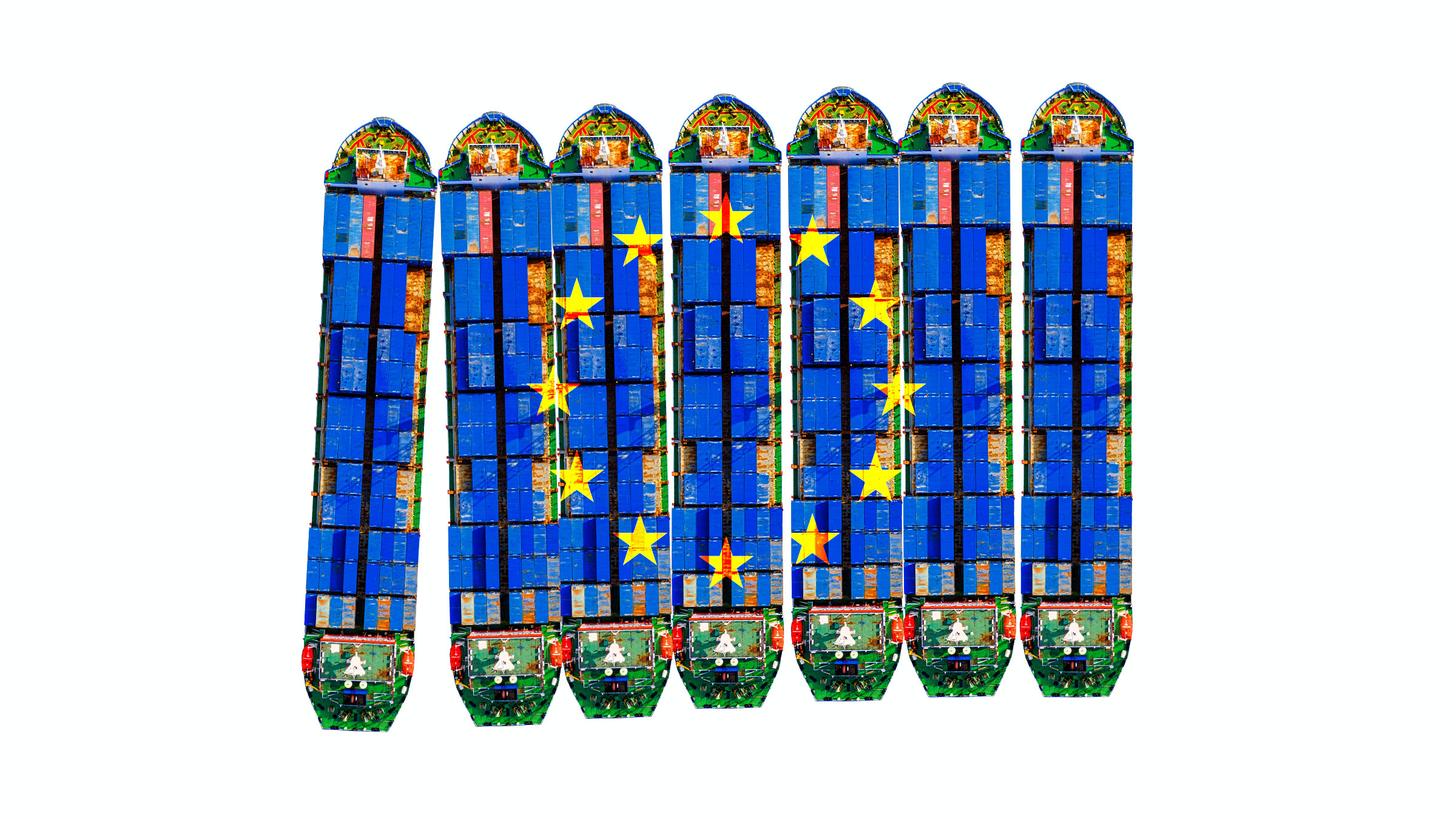


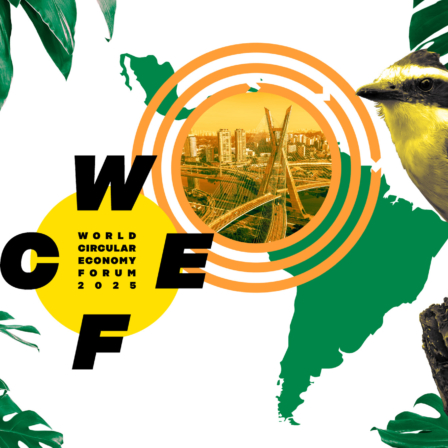
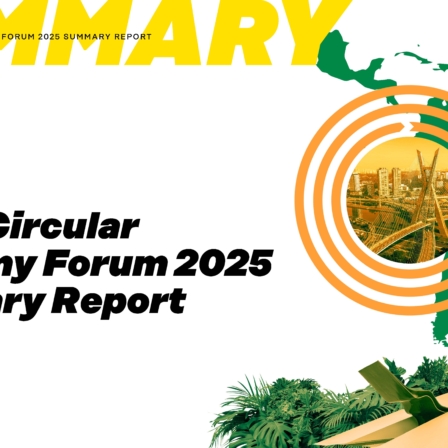
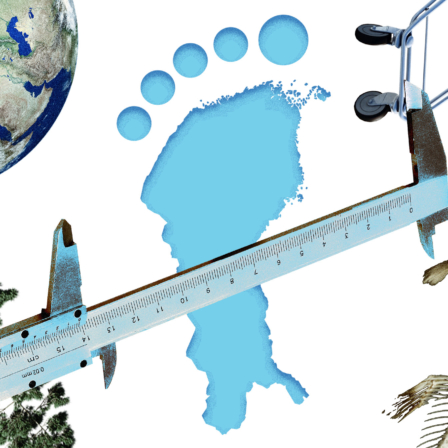



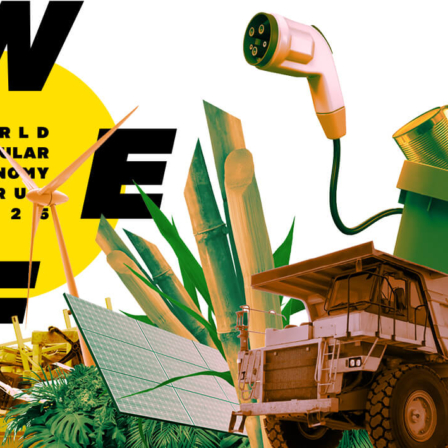





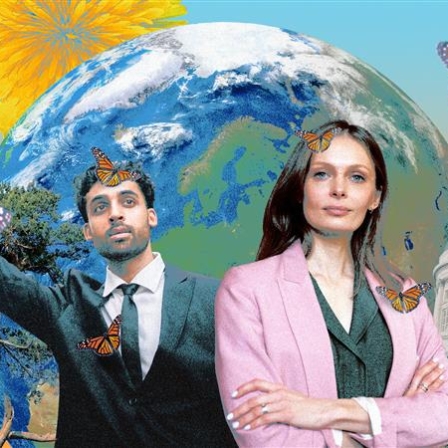

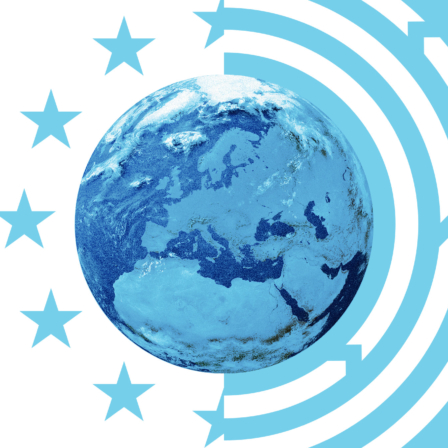

Recommended
Have some more.